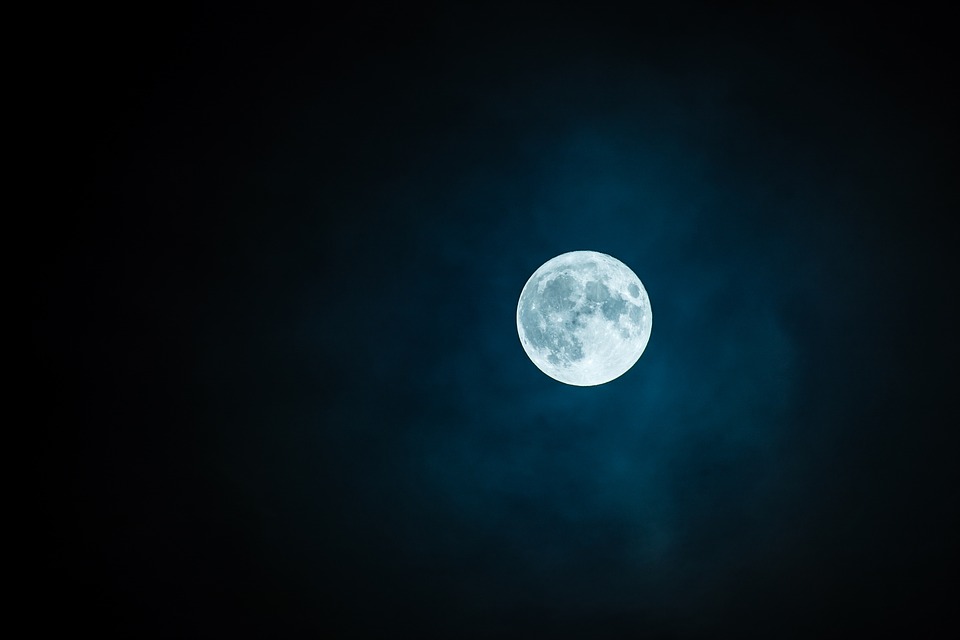by Anja Heij
An endless row of small figures zigzags up the mountain in a snow-white Indian winter landscape. The Buddhist monastery of Likir in northern India lies on a Himalayan top and forms a colorful mandala in the midst of a virginal white world. I feel like a pilgrim on a sacred yet unknown journey. The other foreigners on their way up are a Dutch man who studies Tibetan Buddhism, and two young Germans who work as volunteers in an educational institute for the local people. Unlike the touristic Buddhist festivals in summertime this two days Tantric Winter Festival is very genuine. It is one of the highlights of the year for the Ladakhi people of this region.







